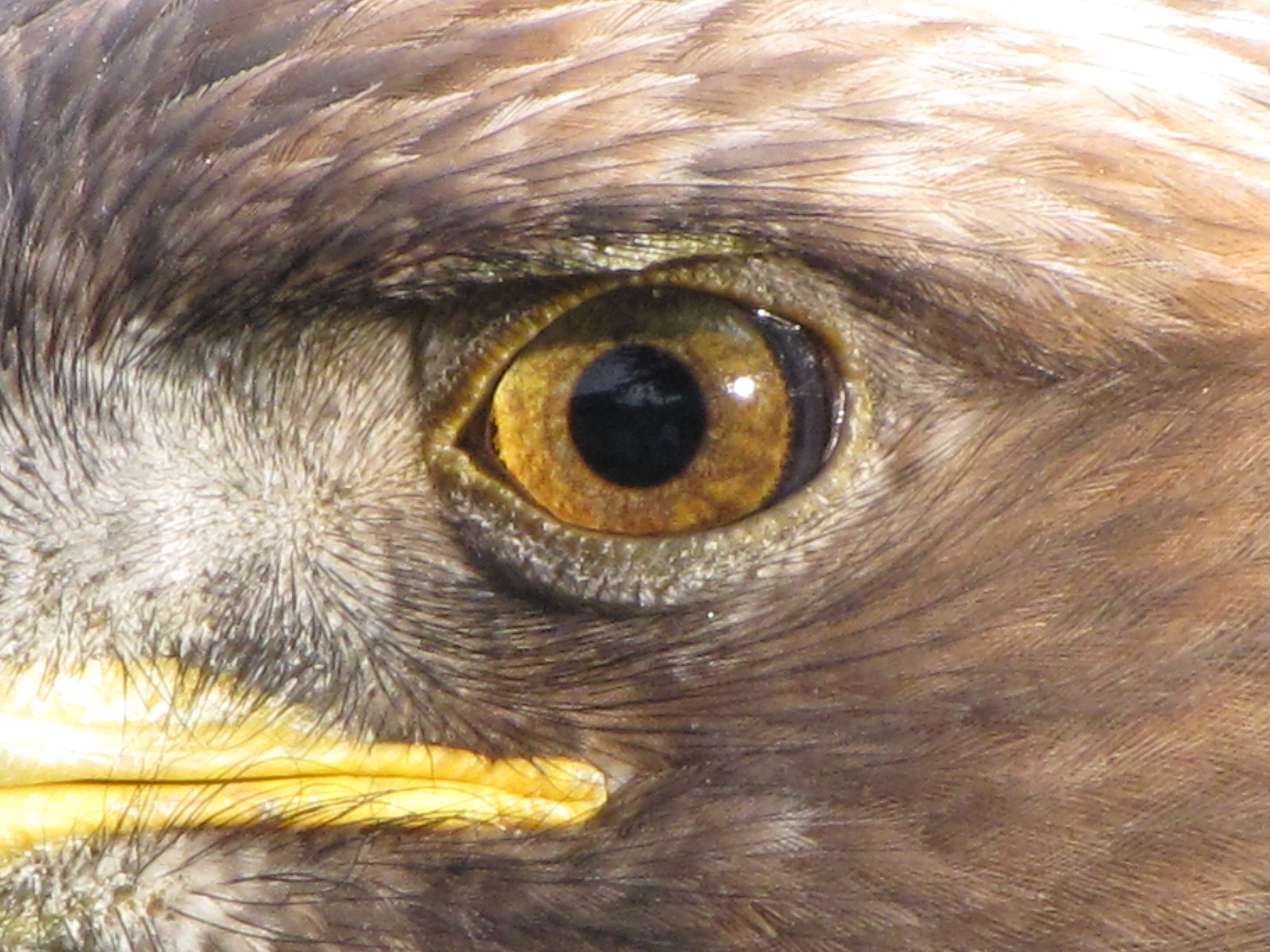
FileGolden Eagle eye.jpg Wikipedia
Eagle eyes are on the sides of their heads for a reason. Our eyes are on the front of our head, giving us excellent binocular vision but poor peripheral vision. We need both eyes in order to see a complete three-dimensional image. An eagle's eyes are more to the sides of the head. Though not as lateral as other birds, their eyes are fixed and.

Pin on Funny and Entertaining
Moving on to the anatomy of an eagle's eye, we can further explore the intricacies of their vision. Anatomy of an Eagle's Eye. The intricate structure of an eagle's eye is a marvel of evolutionary adaptation. The eagle eye is relatively larger than the human eye, with a diameter of about 2.1 cm, and is yellow.

Anatomy and Capabilities EAGLES
The eagles' eye has a much deeper macula with even more densely packed cones than ours. Some of these are even sensitive to wavelengths we cannot perceive (infrared and ultraviolet). So as much as we would all like to have "Eagle Vision" the differences in the anatomy of our eyes makes that unlikely, even with such advanced new technology as.
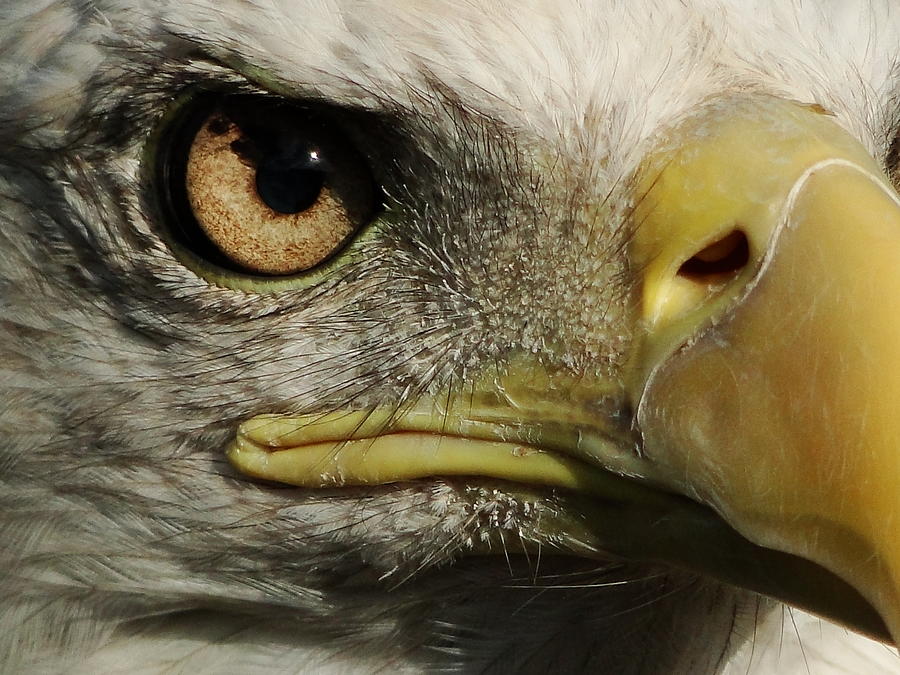
The eagle eye telfas
The eagle can probably identify a rabbit moving almost a mile away. That means that an eagle flying at an altitude of 1000 feet over open country could spot prey over an area of almost 3 square miles from a fixed position. A Bald Eagle's eye changes color as it reaches maturity. Nestling eagles' eyes are nearly black.
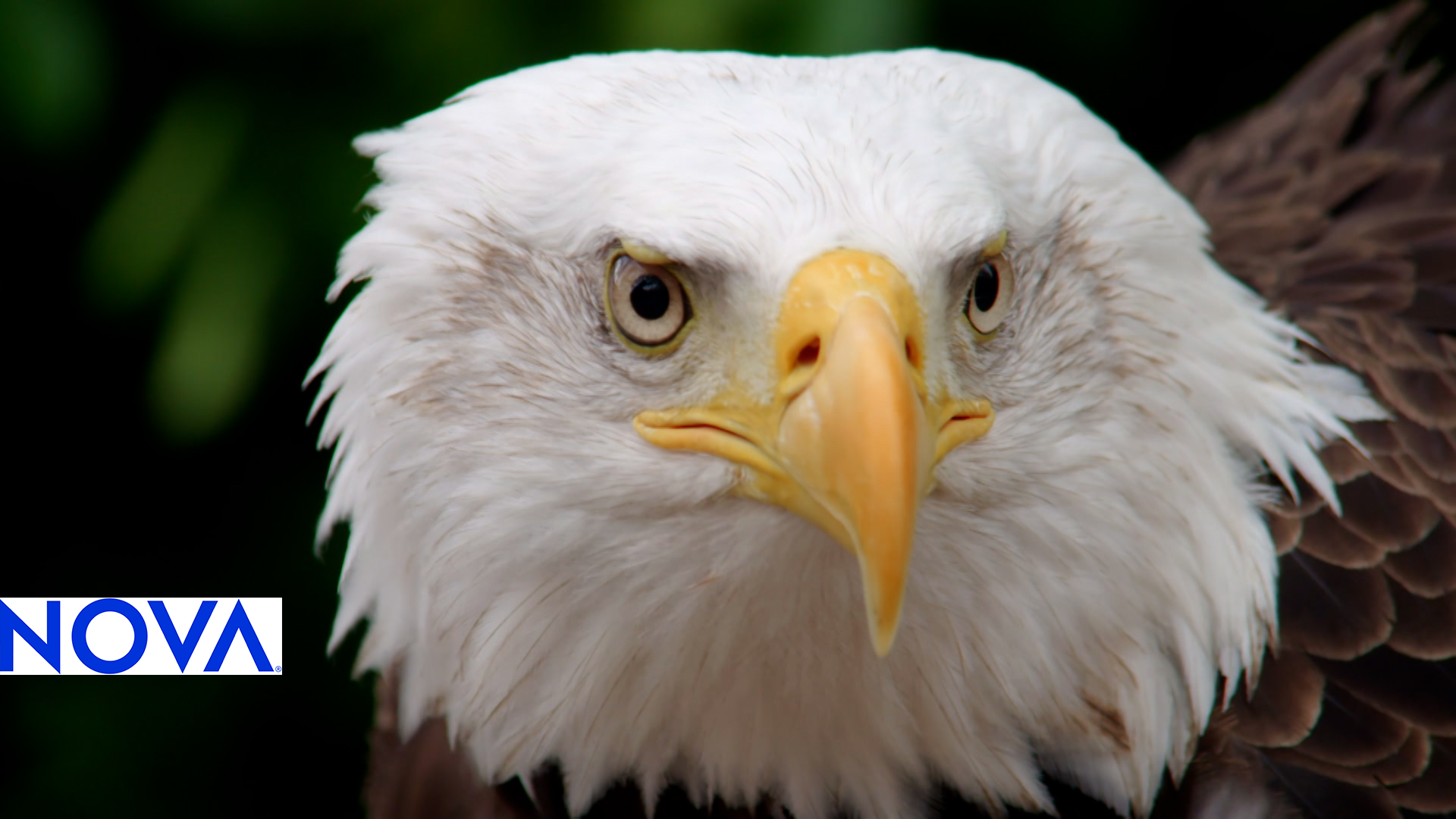
Eagle Eye Structure and Vision Eagle Power PBS LearningMedia
Both have cornea, iris, retina, pupil, lens, optic nerve and most basic structures. However the eagle has a pecten while human eyes don't have that. There are also slightly different functions for the cornea. The Retina contains two different photoreceptors; rods and cones. Rods are more sensitive than cones and therefore are usually used when.

bird unit bald eagle anatomy with importantly of bald eagle anatomy Bald eagle, Eagle
This Bald Eagle's eyes are about the same size as Tommy's. The eagle's head is smaller than Tommy's, but its eyes are just as big, or even a little bit bigger. Look again at the picture of a bird skull. Bird eyes are MUCH bigger relative to their head size than human eyes! And their brain is much smaller.
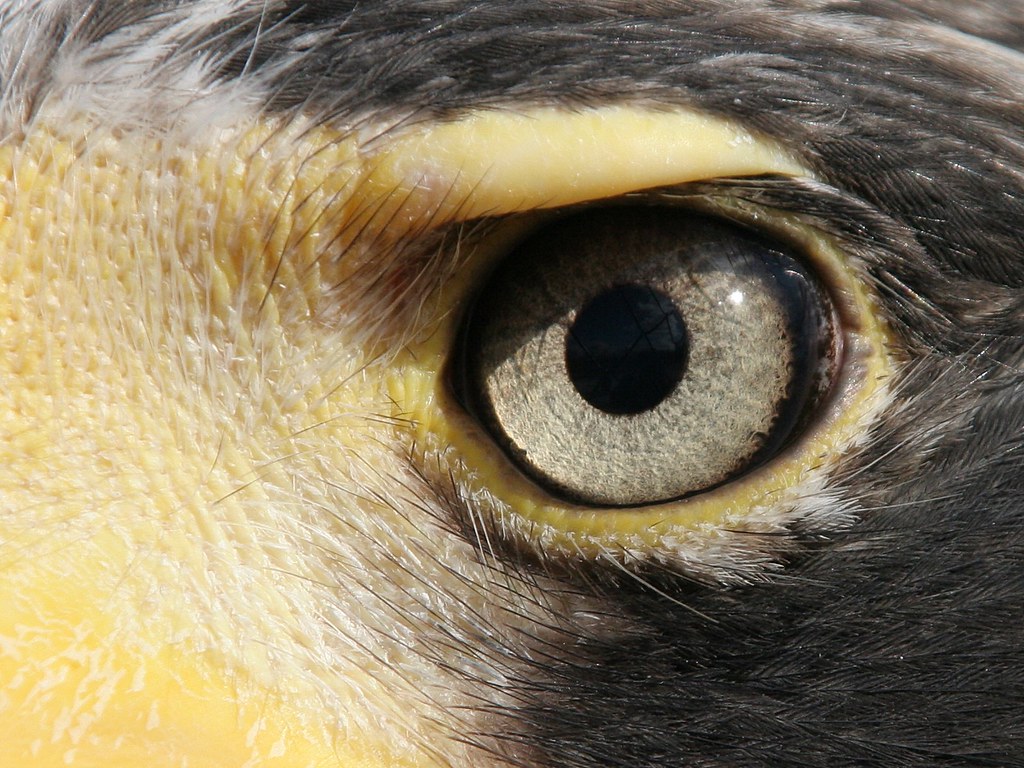
Eagle Eye a photo on Flickriver
Watch a golden eagle find a target from a great distance, and learn about the anatomical characteristics of an eagle's eyes that gives it excellent vision, in this video adapted from NOVA: Eagle Power. Use the video content as a basis for creating a model to test the limitations of an eagle's eye structure and a diagram to compare the structure of a human eye with the structure of an eagle.

Journey North Bald Eagles
The theoretical research and practical works of eagle vision would contribute to the development of machine vision, or even artificial intelligence (AI) in the real world. Furthermore, eagle eye vision also provides feasible ideas for the popularization of new concepts in the virtual world in the future. 1. Introduction.

S YoungHarper Eagle Eyes!
An eagle's binocular vision helps it catch prey. Many birds have their eyes set more to the sides. This means limited forward views. (That's why robins tilt their heads to look for worms with just one eye.) Nostrils Why the huge nostrils? Birds need to breathe in lots of oxygen for their high-energy activities. Eagles also need to take in as

An example of the anatomy of an avian eye. [From Whittow (60) with... Download Scientific Diagram
The eagle's eye anatomy is specifically designed to enable it to hunt even the smallest prey from a great height. Eagle eye development begins at an early stage when the eye structure and function are optimized to suit their predatory lifestyle. The eagle's eye vision range is around 340 degrees, which is significantly wider than humans.

eagle eye closeup in 2021 Eye close up, Animal close up, Eagle eye
This Bald Eagle's eyes are about the same size as Tommy's. The eagle's head is smaller than Tommy's, but its eyes are just as big, or even a little bit bigger. Look again at the picture of a bird skull. Bird eyes are MUCH bigger relative to their head size than human eyes! And their brain is much smaller.
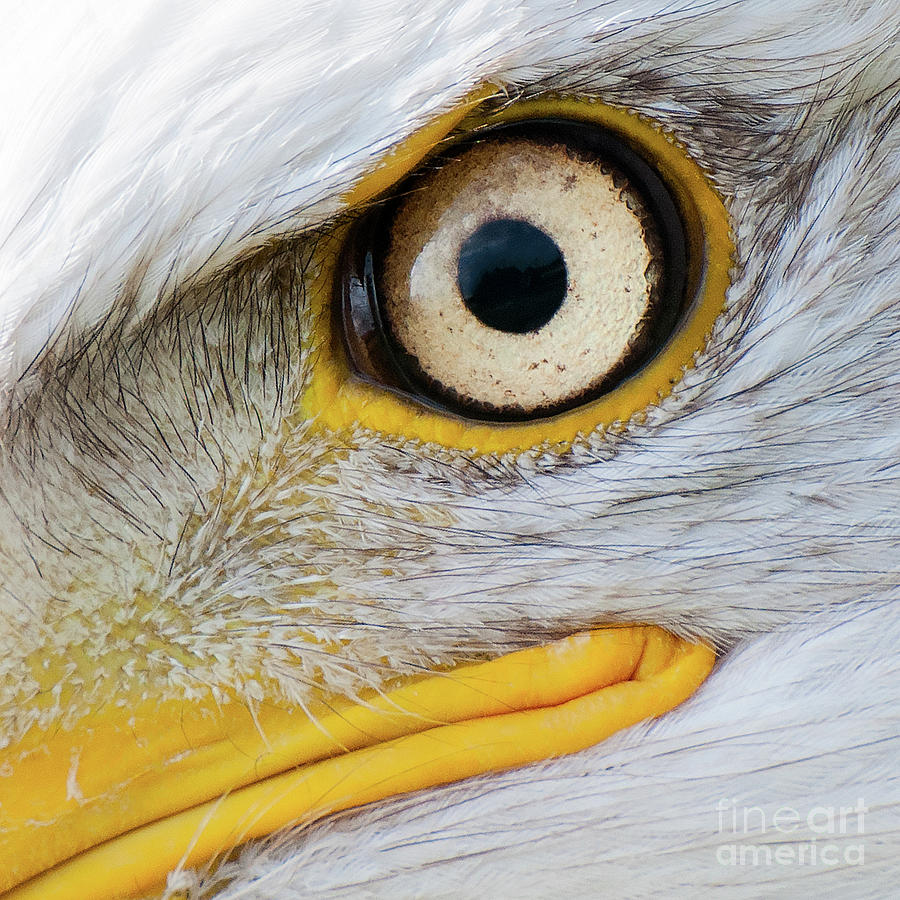
Eagle eyes divaapo
Microsoft Word - Document3. Eagles Eyes - The eyes of an eagle are exceptionally sharp. Eyes of an Eagle (Bald Eagle, Denali) An eagle's vision is exceptionally sharp because each eye has two foveae - areas of acute vision - as compared with the human eye which only has one. The cones in the eagle's fovea are very small and tightly grouped.
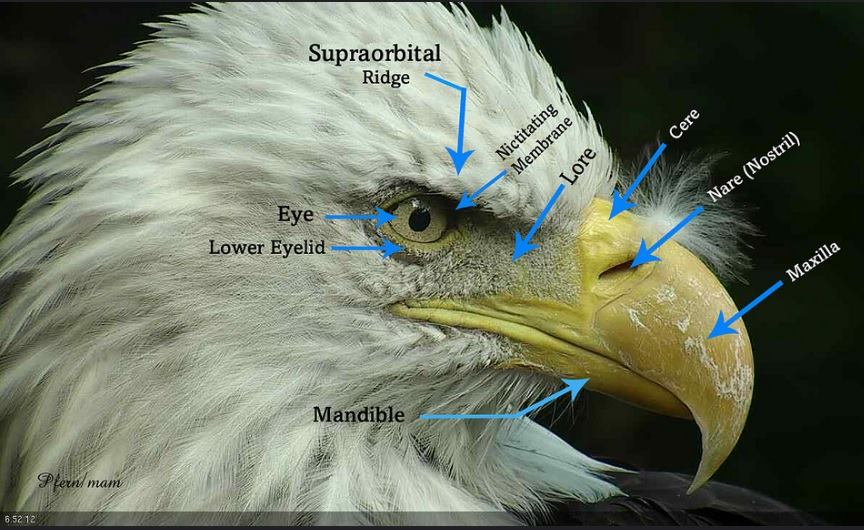
Bald Eagle Biology American Eagle Foundation
Eagles' high-flying lifestyle requires better vision than humans need, and the physical properties of our eyeballs limit us to 20/10 or 20/8 vision at best. Natural vision that good is extremely.

Eagles What if humans had eagle vision
Abstract. The optical quality of a living eagle's eye was determined by an ophthalmoscopic method. The performance of the eye was substantially better than that reported for humans, but did not confirm some of the wilder claims made for such birds.

Bald Eagle Bird Watching Academy
The optical quality of a living eagle's eye was determined by an ophthalmoscopic method. The performance of the eye was substantially better than that reported for humans, but did not confirm some of the wilder claims made for such birds.. Eye / anatomy & histology Humans Ophthalmoscopy Physiology, Comparative Retina / physiology Visual.
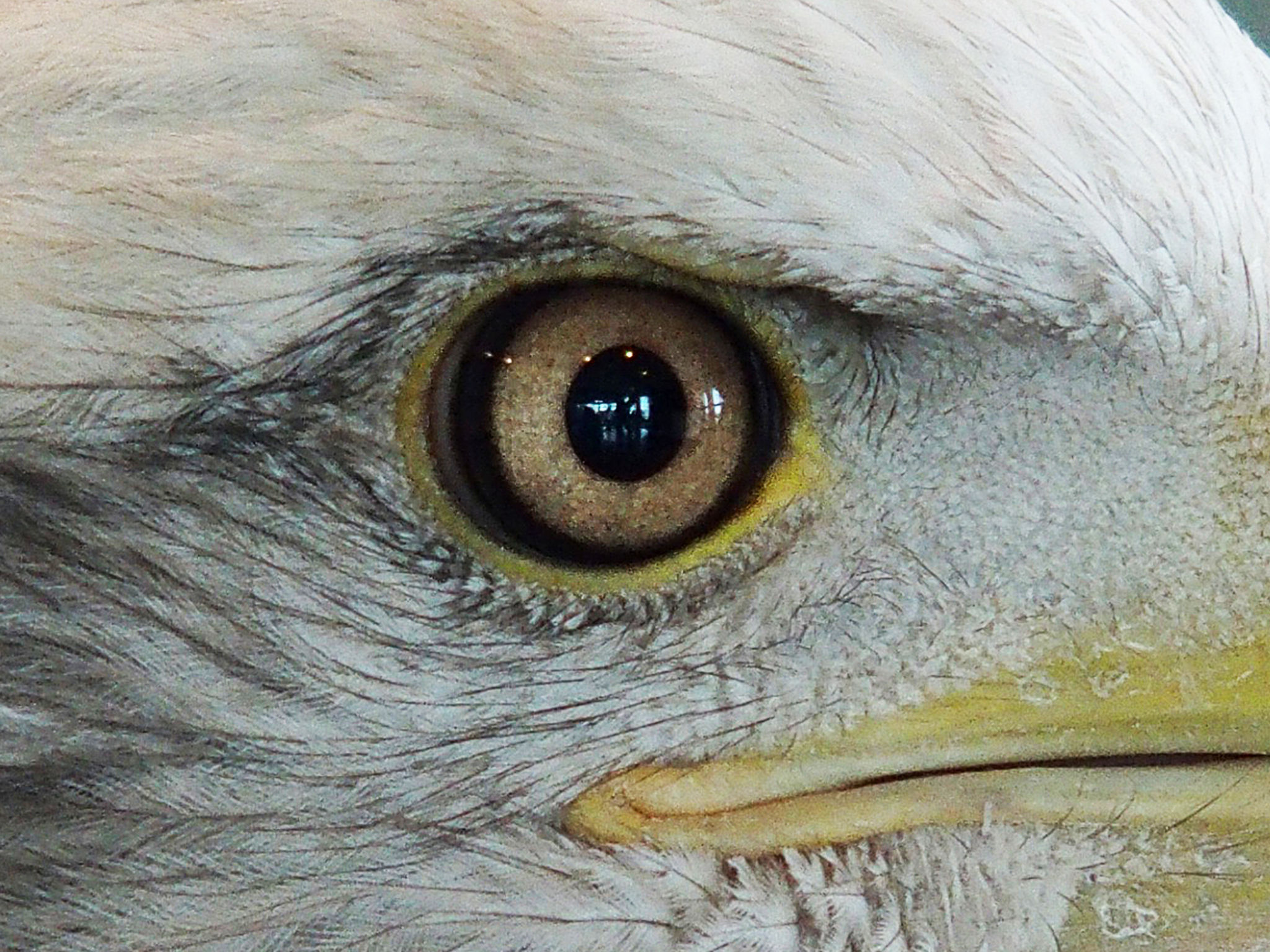
Seeing with Different Eyes Nature’s Depths
An eagle's eye has two focal points, or fovea, one pointed forward and the other to the side. Eagle eyes are huge; the eyes of a 10-pound (4.5-kg) eagle may be as large as those of a human weighing 200 pounds (90.7 kg).. According to the anatomy of the foveae, the deep fovea (nasal fovea) has the highest acuity, especially useful for.